Among the many messages at this year’s National Biological Farming Conference was a reminder of the need to understand the role of soil biology in modern agriculture.
Under the traditional disciplines of soil science, a heavy focus is placed on its the physical and chemical properties, but now there is a clear need emerging to integrate these disciplines with soil biology. This was the message from Fiona Brennan, Teagasc research officer at last week’s conference.
Around 95% of all food produced comes from soils. Soil filters water, sequesters carbon, facilitates crop growth and is an important source of antimicrobial compounds.
Soil degradation
Brennan explained how soil is being degraded faster than it is being replaced. Brennan also stressed how soil is not renewable source, at least not in a human lifetime.
In the US, soil is degrading 10 times faster than it can be replaced while in China degradation is running 40% ahead of replenishment. Around 25bn tonnes of top soil is being lost every year and cannot be replaced easily.
Globally, 33% of soil is estimated to be degraded to some degree, with only around 60 years' worth of topsoil left according to a recent UN FAR report.
Fiona explained that by international standards, Irish soils are performing relatively well, but that we shouldn’t become complacent.
Soil contains a wide range of biota which each have their own role and function. There are more organisms in soil than there are people on the planet. Soil contains between one third and one quarter of all living organisms on the planet.
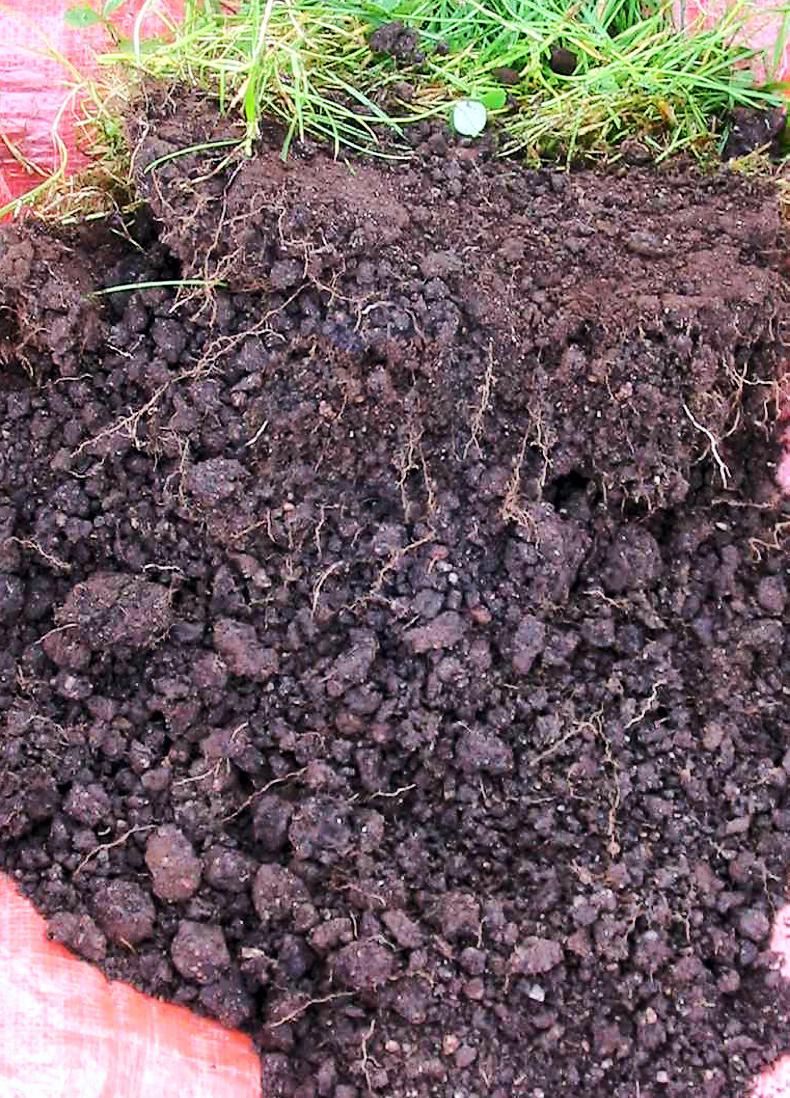
One handful of soil contains:
50km of microbial networks.10,000 nematodes.100,000,000 bacteria from 10,000 species.Up to 5,000 individual insects.Hundreds of species of algae.100,000 protozoan cells from hundreds of species Little is known about the soil organisms, with only around 1% of soil microbes identified.
Why are soil microbes important?
Soil microbes and play an active role in driving soil fertility and nitrogen fixation, the conversion of insoluble compounds to usable forms of nutrients for plants.
Microbes are important for crop establishment and help prevent pathogen invasion.
What’s bad for soil is bad for the soil microbiome
Everything done to the soil impacts the population of soil microbes from crop choice, to tillage, fertilisation, spraying etc.
The true effects of different soil and crop management has yet to be fully understood but as a general rule, what’s bad for soil is bad for the soil microbiome. Degrading soil impacts the function of the microbiome.
Among the many messages at this year’s National Biological Farming Conference was a reminder of the need to understand the role of soil biology in modern agriculture.
Under the traditional disciplines of soil science, a heavy focus is placed on its the physical and chemical properties, but now there is a clear need emerging to integrate these disciplines with soil biology. This was the message from Fiona Brennan, Teagasc research officer at last week’s conference.
Around 95% of all food produced comes from soils. Soil filters water, sequesters carbon, facilitates crop growth and is an important source of antimicrobial compounds.
Soil degradation
Brennan explained how soil is being degraded faster than it is being replaced. Brennan also stressed how soil is not renewable source, at least not in a human lifetime.
In the US, soil is degrading 10 times faster than it can be replaced while in China degradation is running 40% ahead of replenishment. Around 25bn tonnes of top soil is being lost every year and cannot be replaced easily.
Globally, 33% of soil is estimated to be degraded to some degree, with only around 60 years' worth of topsoil left according to a recent UN FAR report.
Fiona explained that by international standards, Irish soils are performing relatively well, but that we shouldn’t become complacent.
Soil contains a wide range of biota which each have their own role and function. There are more organisms in soil than there are people on the planet. Soil contains between one third and one quarter of all living organisms on the planet.

One handful of soil contains:
50km of microbial networks.10,000 nematodes.100,000,000 bacteria from 10,000 species.Up to 5,000 individual insects.Hundreds of species of algae.100,000 protozoan cells from hundreds of species Little is known about the soil organisms, with only around 1% of soil microbes identified.
Why are soil microbes important?
Soil microbes and play an active role in driving soil fertility and nitrogen fixation, the conversion of insoluble compounds to usable forms of nutrients for plants.
Microbes are important for crop establishment and help prevent pathogen invasion.
What’s bad for soil is bad for the soil microbiome
Everything done to the soil impacts the population of soil microbes from crop choice, to tillage, fertilisation, spraying etc.
The true effects of different soil and crop management has yet to be fully understood but as a general rule, what’s bad for soil is bad for the soil microbiome. Degrading soil impacts the function of the microbiome.





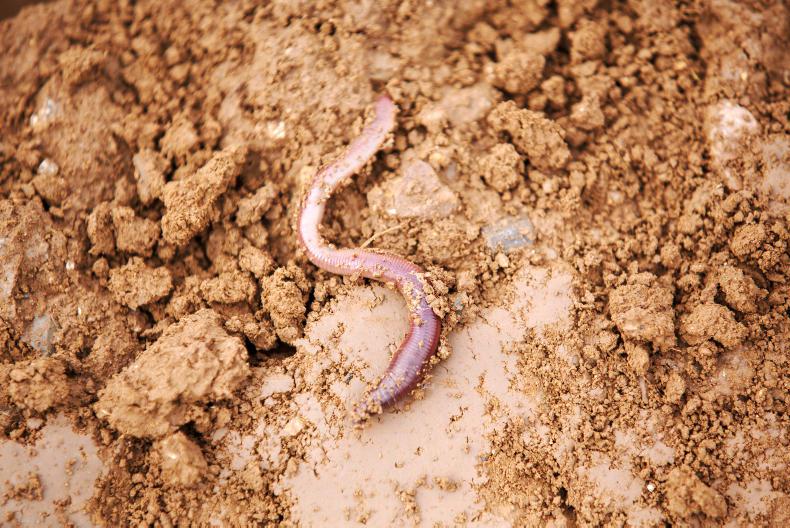
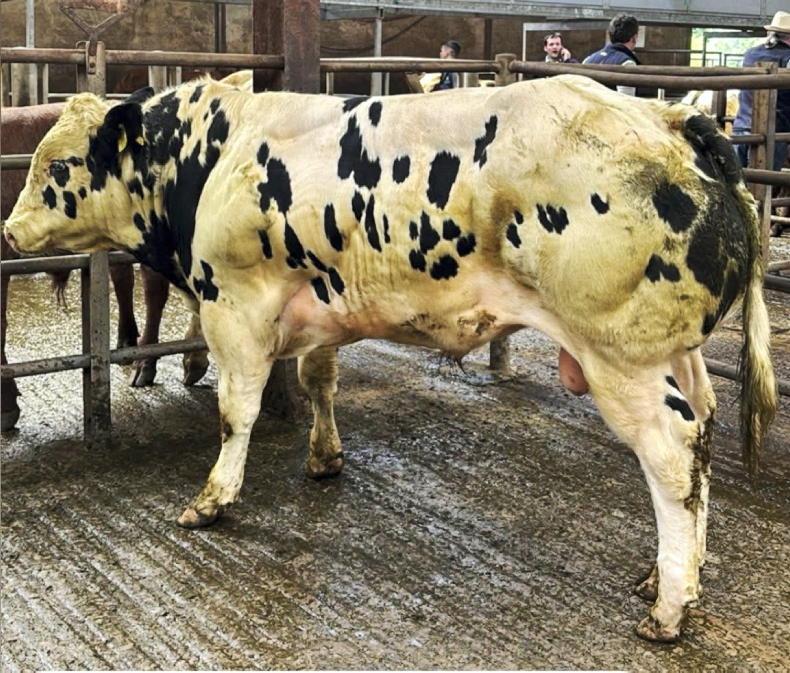

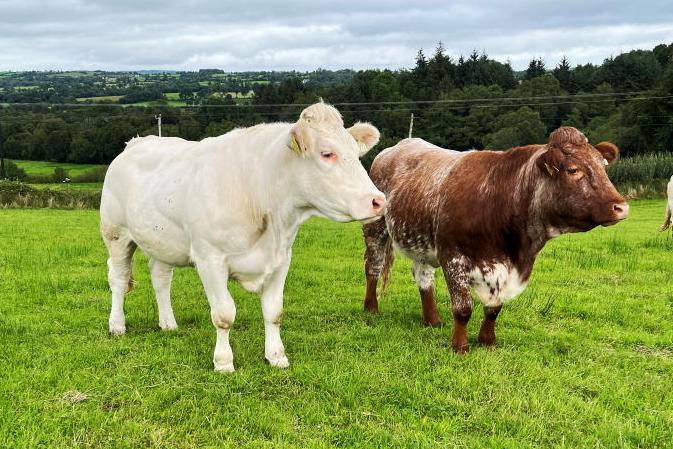

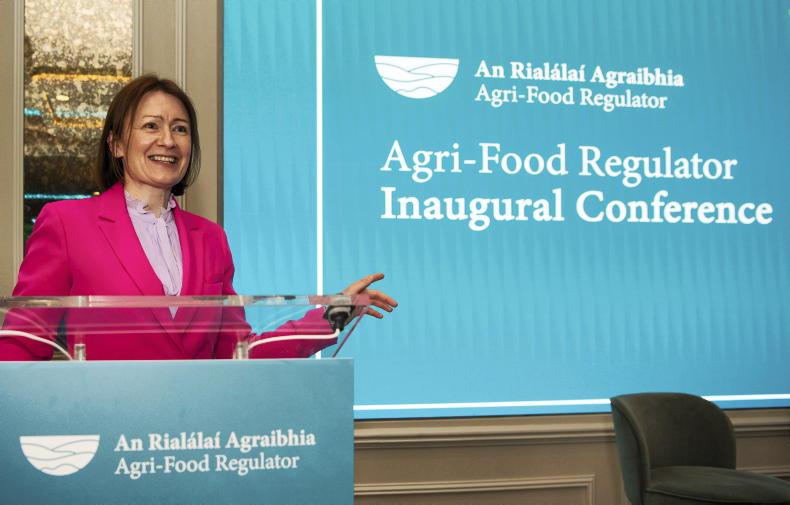
SHARING OPTIONS